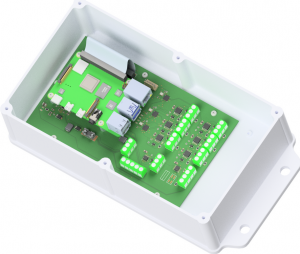First of all, a few important notes that you should definitely pay attention to.
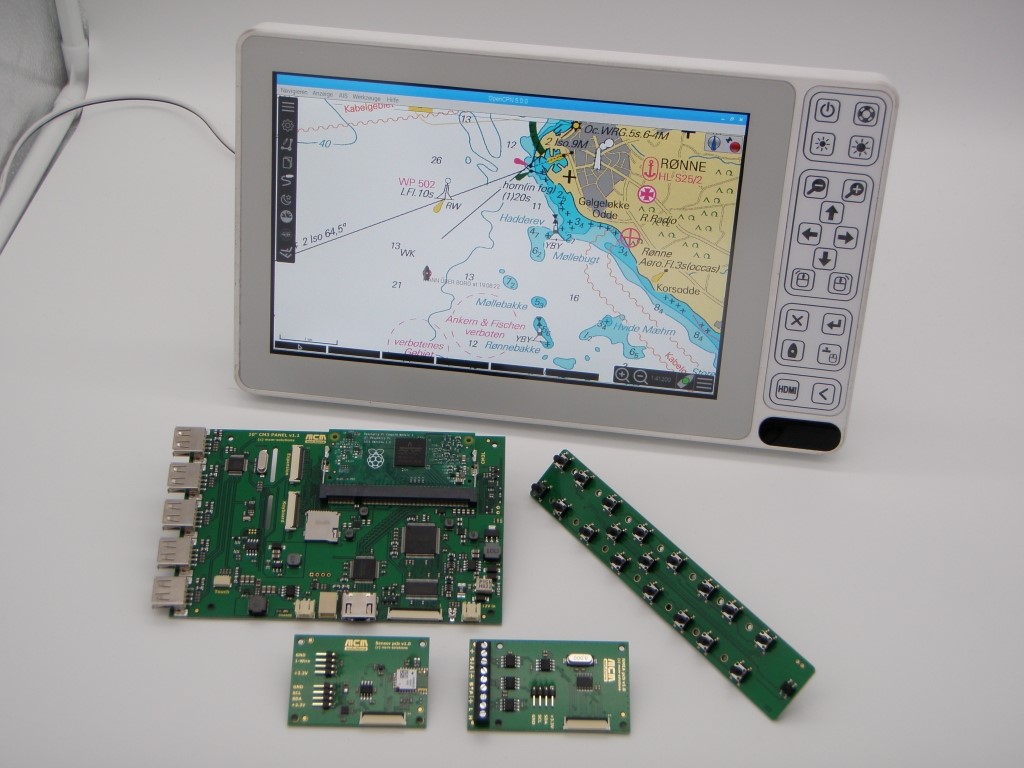
Fig. 10 ″ plotter with Raspberry Pi and OpenCPN
Christian presented his 10 ″ plotter based on Raspberry Pi at Boot 2020 in Düsseldorf. An attempt was made to create a marine-grade device that could be used to navigate a boat.
hardware
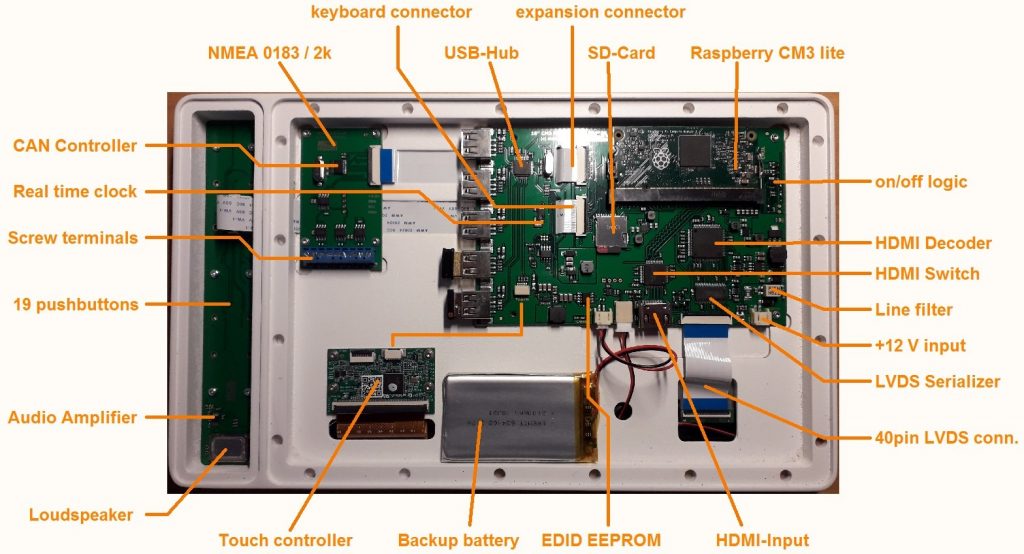
Fig. Components of the 10 ″ plotter
The CM3 light compute module was used as the central processing unit and a number of other necessary hardware components were housed on a base board.… Continue reading
First of all, a few important notes that you should definitely pay attention to.
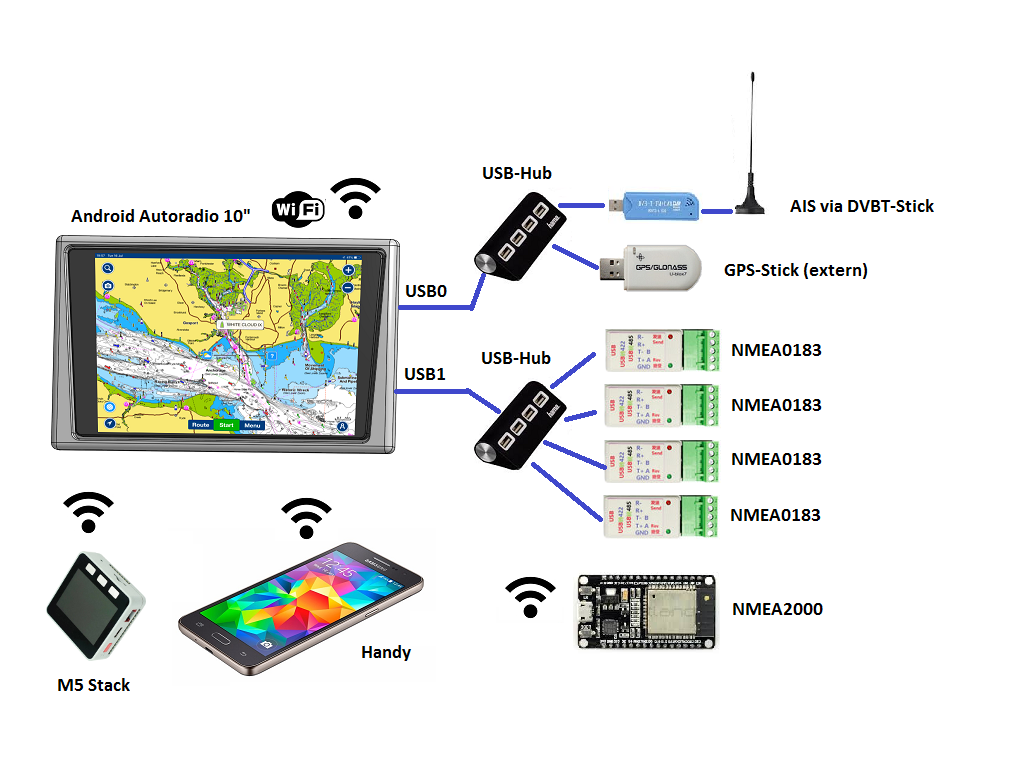
- Basis 2 DIN Android car radio
- Touch-capable 7” – 10” display, 1024 x 600 pixels, approx. 400 nits
- Touch function keys
- Cortex A7 QuadCore ARM processor, 1.2 GHz
- Depending on the model, Android 8, 9 or 10
- Depending on the model, 1… 4 GB RAM
- 16/32 GB ROM depending on the model
- Powerful wired GPS included
- Bluetooth, WiFi 802.11b / g / n, 2.4 GHz
- Integrated CAN bus (steering wheel remote control)
- 12V supply
- 10… 15 W in active operation
- 0.5 W in standby
- 3 s wake-up time from standby
- 2x USB 2.0 (ext.
...
Continue reading
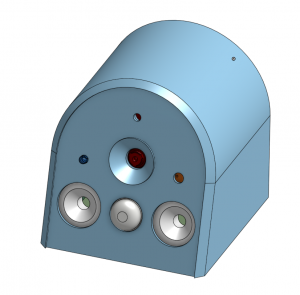
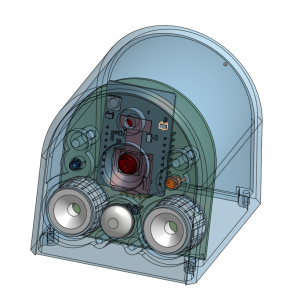
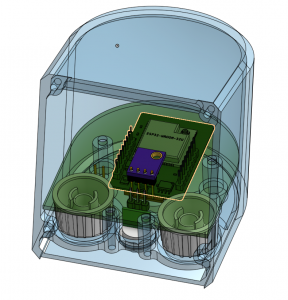

https://www.segeln-forum.de/thread/72312-abstandssensor-diy/?pageNo=1
- Project started in 06/2019
- Project start as an ultrasonic distance sensor with two front sensors
- ESP8266 as an evaluation unit with WLAN
- 12V / 80mA
After some discussions in the forum, the idea came up to use a camera that is installed at spreader height and looks at the foredeck. There are already commercial products such as the CAM100 from Raymarine, but it costs around EUR 700 and can only be integrated into their plotter.… Continue reading
First of all, a few important notes that you should definitely pay attention to.
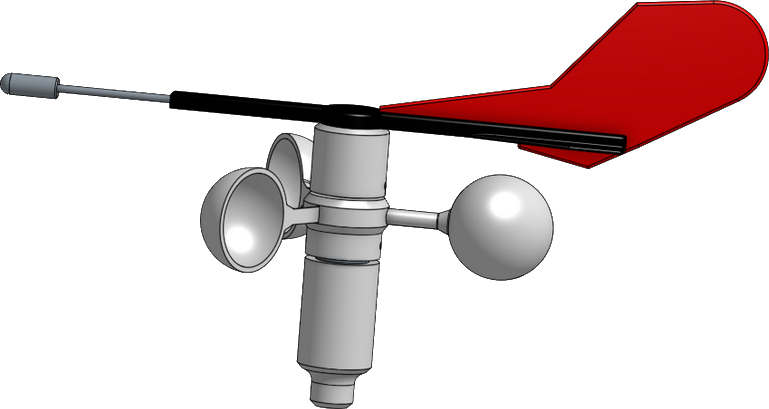
- Measurement of wind direction and wind speed
- Robust mechanics
- Weight <= 250g
- Small enough to be grown on a 6.60m sailboat
- Replacement for a Windex
- Weatherproof and UV-stable
- Visibility at night thanks to reflectors on the bottom
- No cable laying for sensor signals
- Pure digital transmission and signal processing
- 12V power supply via toplight (50mA, 0.5W)
- Transfer of data via WLAN (ESP8266)
- Update rate: 1-2 measurements per second
- No installation instrument required
- Display in OpenPlotter via laptop, mobile phone or tablet
- No software installation required (displayed on the website in the browser)
- Android app available
- Support of common protocols such as NMEA 0183 (serial, TCP / IP)
- More than 30 systems have already been built and in use
https://www.segeln-forum.de/thread/67401-windsensor-diy/?pageNo=1... Continue reading
First of all, a few important notes that you should definitely pay attention to.

Fig .: PyPilot components
Video: PyPilot in action
pyPilot is an open-source autopilot (hard- and software) written by Sean D'Epagnier.
Features:
- automatic sensor calibration
- steering modes
- compass
- GPS
- apparent wind
- true wind
- signalK und nmea0183 communication protocol
- OpenCPN integration
- low power consumption
user experience: http://phoenixketch.blogspot.com
Video: https://youtu.be/IMqUmcTbQOE
IBT-2 based motor controller: https://hackaday.io/project/168592-opencpn-chart-plotter-w-autopilot-and-waypoints
Andreas from the Segeln-Forum has created a hardware basis for replicating the pyPilot.… Continue reading
First of all, a few important notes that you should definitely pay attention to.
NMEA2000 is increasingly replacing NMEA0183 as the standard. Unfortunately, NMEA2000 is a very complex protocol and for a long time it was hardly possible to realize your own projects. That has changed with the NMEA2000 library by Timo Lappalainen (https://github.com/ttlappalainen/NMEA2000).
The library supports different microcontrollers, including the ESP32. The ESP32 from Espressiv is very powerful and, thanks to the WLAN and CAN bus interface, is ideal for your own projects.… Continue reading
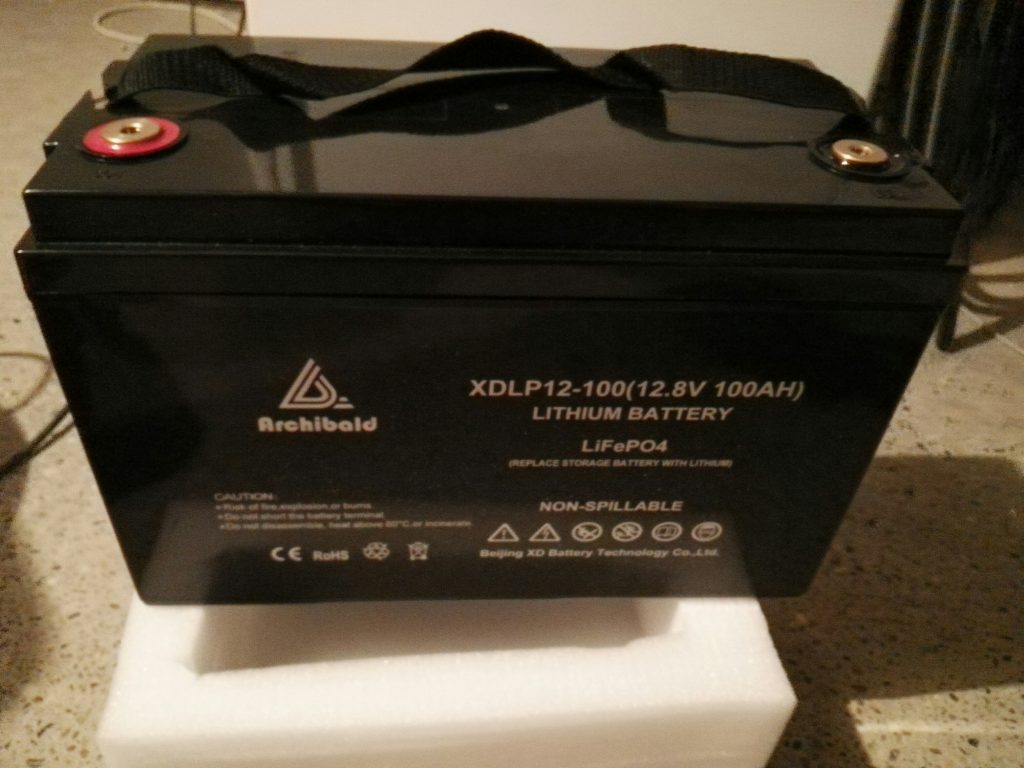
https://www.segeln-forum.de/thread/74158-lifepo4-batterien-im-eigenimport/
Link to the manufacturer
Link to the product
Data sheet BMS
Lifepo4 Battery Instruction
Worth knowing (German translation)
- Cheap LiFePo4 batteries imported from China
- Well-known Chinese manufacturer Bejing XD Batteries with experience in battery construction since 2006
- 60% Savings compared to products from German retailers
- CE, UL, ISO9001, RohS certification
- 5 year guarantee from the Chinese manufacturer
- By default, a waterproof BMS with 100A is installed at 12V, peak load 300A (+ 50A / 3sec),
At 24V and 48V standard BMS 150A (peak 450A)
- higher output possible
- Up to 4 batteries can be connected and charged in parallel
- Series connection is not possible (then use the appropriate battery type with a higher voltage)
- Consists of prismatic cells from Chinese manufacturers
- Closed, waterproof housing
- Batteries with flat terminals (screw-on round terminals can be ordered)
- The configuration of the batteries is variable
- 12V 100Ah: 326 X 170 X 220 14kg
- 12V 200Ah: 521 X 238 X 218 22kg
- 24V 100Ah: 528 X 238 X 218 23kg
- 24V 200Ah: 483 X 430 X 227 45kg
- 48V 100Ah: 483 X 225 X 383 46kg
- 48V 200Ah: 450 X 320 X 250 90kg
- There were quality problems with some batteries regarding:
- Incorrect installation position of the cells
- Fixation of the charging electronics with adhesive tape
- Space wasted due to oversized housing with foam filling
- Soldered power cables instead of connections with compression sleeves
- Loose compression sleeves on power cables
- Uneven cell charge level on delivery
- Incorrect display of the battery capacity in the app
- Sale of user batteries with 1000 charge cycles according to the app
- Also available with Bluetooth for displaying voltage, current and capacity via an iPhone or Android app (Liontron LX Smart BMS)
- The Android app is very rudimentary and can do no more than shown in the picture
- A lot more is possible with the iPhone app
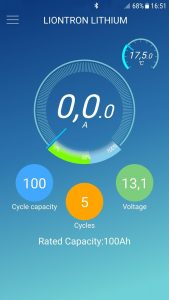
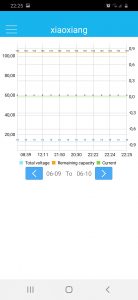
Android app from Liontron
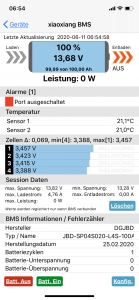
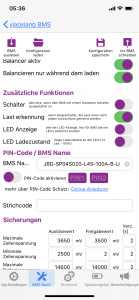
iPhone app
Pictures of the inside of the battery.… Continue reading
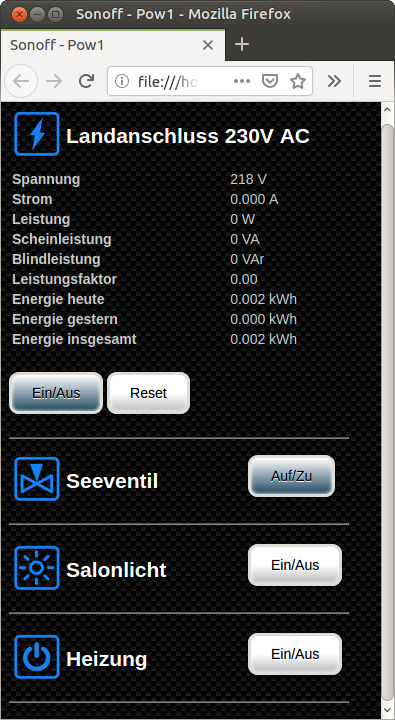
https://www.segeln-forum.de/thread/74286-diy-boots-automation/
- Use of components from home automation
- Connection via WLAN
- Operation via web browser with mobile phone or tablet
- Design of your own operating pages with HTML code using predefined widgets and CSS
- Free configuration of symbols and names via configuration file
- No JavaScript programming necessary
- Special open source firmware required for control units (Tasmota)
- No cloud connection necessary
- Devices are controlled directly with HTTP commands
- Device Manager available for device management
- Big community
- Well-tested firmware with a wide range of uses
- Diverse device hardware available
- 1-channel switch without current measurement
- 1-channel switch with current measurement 230V AC
- 4-channel switch potential-free
- 4-channel switch potential-free with 433MHz radio remote control
- Valve drive
- LED light control
- Temperature sensor
- Fan
- Own hardware can be integrated via generic modules
- Inexpensive from approx.
...
Continue reading
https://www.segeln-forum.de/thread/71895-3d-druck/
Since 3D printers are cheap these days, it's worth printing out one or the other useful part yourself. The imagination knows no limits. Basically anything you need can be printed. But you have to be a little careful when it comes to the strength and sun tolerance of the parts. Not all plastics are suitable for outdoor maritime applications.… Continue reading









